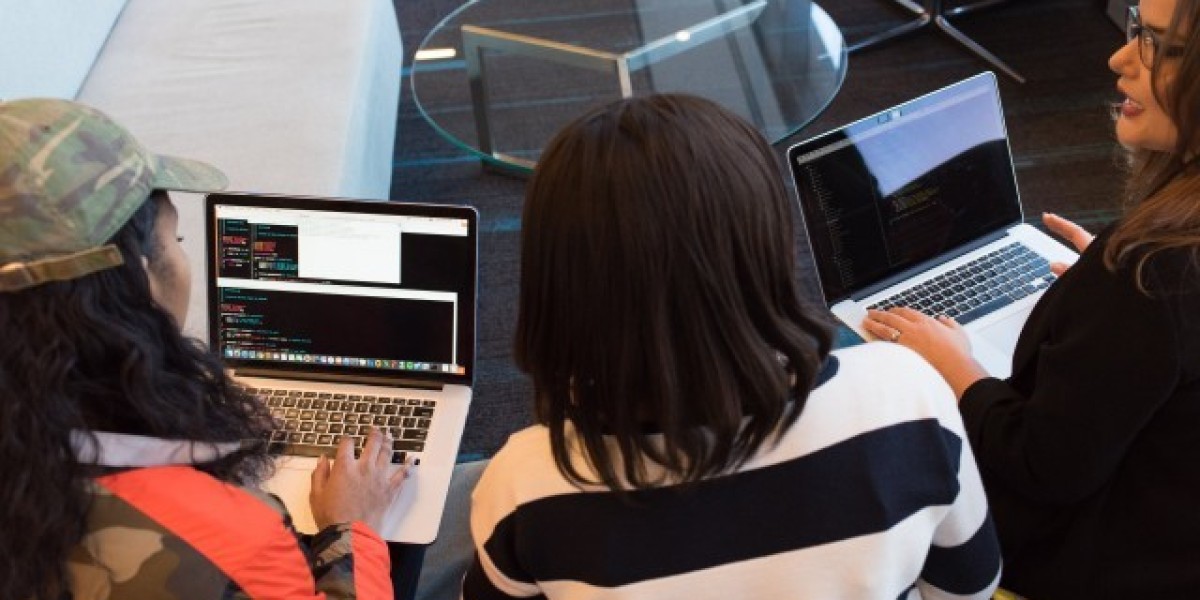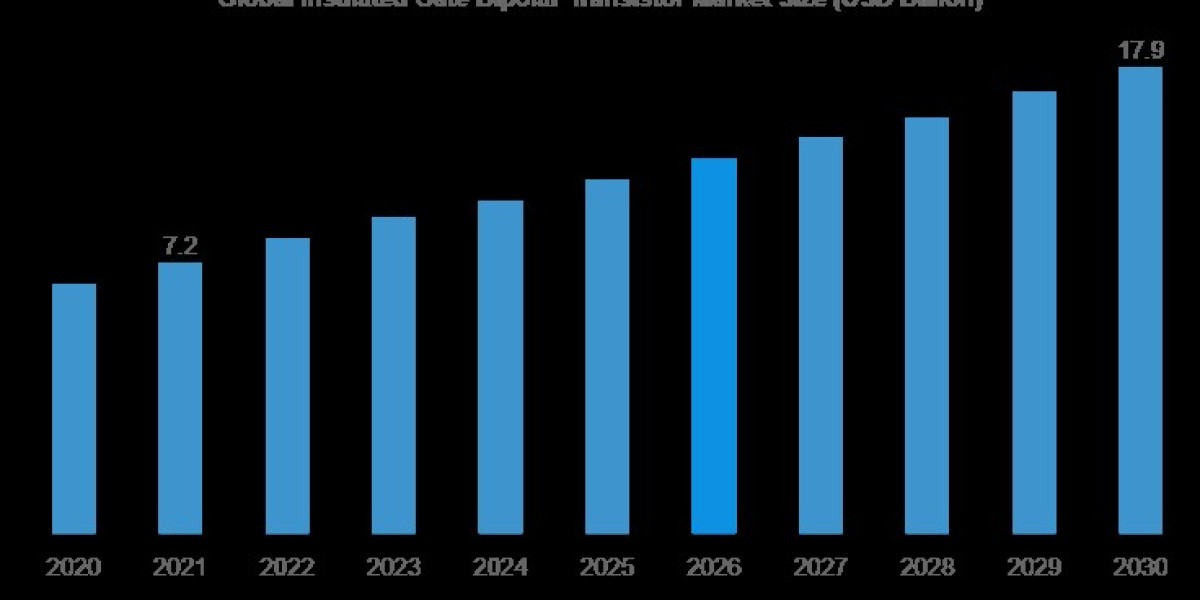In the changing world of events and conferences the use of technology has become a game changer. One groundbreaking innovation that has greatly impacted the industry is event and webcasting services. As our society embraces experiences these services are leading the way, towards an era of interactive, captivating and immersive online events.
The Rise of Virtual Events:
Traditional in-person events have long been the cornerstone of networking, knowledge sharing, and business development. However, the global shift towards remote work and the challenges posed by the COVID-19 pandemic have accelerated the adoption of virtual events. The convenience and accessibility offered by virtual platforms have made them an attractive alternative for organizers and attendees alike.
Key Features of 3D Virtual Platforms:
1. Immersive Environments:
3D virtual event platforms create immersive digital environments that replicate the feel of physical spaces. Participants have the opportunity to explore halls check out booths and engage with sponsors and exhibitors in an immersive three dimensional environment. This creates an interactive experience that surpasses the limitations of traditional video conferencing.
2. Customization and Branding:
These platforms allow event organizers to customize the virtual space to reflect their brand identity. From branded booths and banners to personalized avatars, the level of customization enhances the overall experience and reinforces brand visibility. This is a crucial aspect for sponsors and exhibitors looking to make a lasting impression.
3. Networking Opportunities:
One of the benefits offered by virtual events is their capacity to enable meaningful networking. Participants have the opportunity to engage in both individual and group conversations mirroring the experience of, in person events. Features such as virtual business cards and chat options contribute to fostering connections and collaborations.
4. Interactive Content:
Traditional webinars and video conferences often suffer from audience disengagement. 3D virtual event platforms address this issue by providing interactive features such as live polls, Q&A sessions, and gamification elements. Attendees can actively participate, making the experience more dynamic and memorable.
5. Analytics and Insights: Comprehensive analytics tools embedded in these platforms provide valuable insights into attendee behavior, preferences, and engagement levels. Organizers can gather data on booth visits, session attendance, and content interaction, enabling them to refine future events for an even more tailored experience.
Webcasting Services Integration:
In addition to the 3D virtual environment, live webcasting company in Mumbai play a crucial role in broadcasting live content to a global audience. The seamless integration of webcasting services within virtual events enhances the overall experience and extends the reach of the event beyond the virtual space.
1. High-Quality Streaming:
Webcasting services ensure that live sessions, keynotes, and presentations are delivered in high definition with minimal latency. This is essential for maintaining the professionalism and credibility of the event, as poor audio or video quality can negatively impact the viewer's perception.
2. Global Accessibility:
With webcasting, geographical barriers are eliminated, allowing attendees from around the world to participate in real-time. This expanded reach not only increases the event's impact but also opens up new opportunities for international collaboration and business connections.
3. On-Demand Content:
Webcasting services enable the recording of live sessions, making them available for on-demand viewing. Attendees who may have missed a session or want to revisit valuable content can do so at their convenience, adding an extra layer of flexibility to the event experience.
4. Interactive Features:
Integrating interactive elements into webcasts, such as live chat, polls, and Q&A sessions, keeps the audience engaged. This two-way communication enhances the overall learning experience and allows presenters to tailor their content based on real-time feedback.
Conclusion:
The synergy between 3D virtual events and virtual webcasting platforms is reshaping the landscape of digital events. As organizations continue to prioritize remote collaboration and engagement, these technologies offer a compelling solution for hosting impactful and memorable events.
The future of events lies in the fusion of immersive 3D environments and seamless webcasting services, creating an experience that transcends the limitations of traditional in-person gatherings. Whether for conferences, trade shows, or product launches, the power of 3D virtual events and webcasting services is unlocking new possibilities and transforming the way we connect and share knowledge in the digital age.








